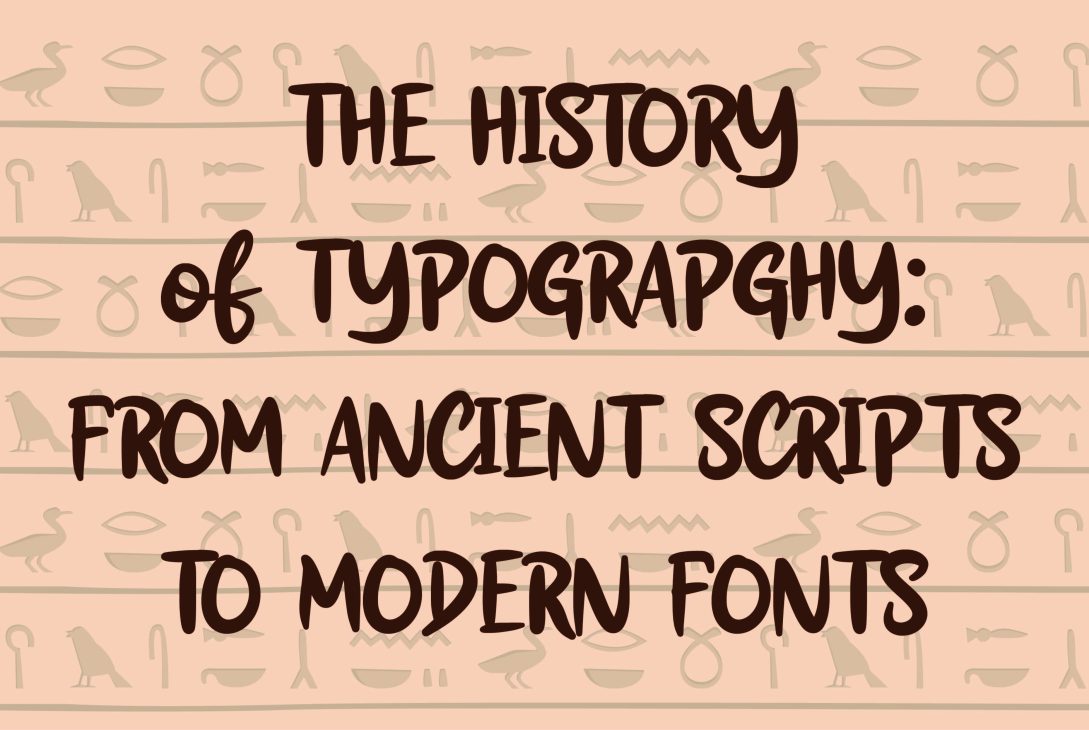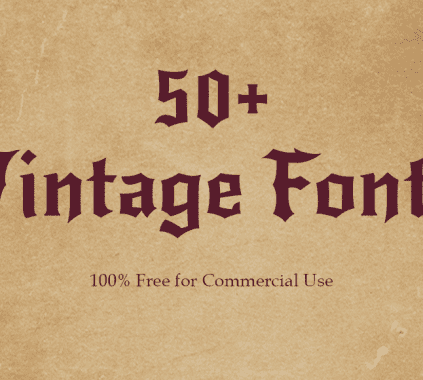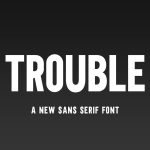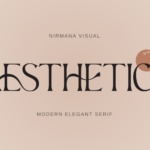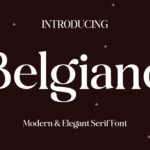Typography
The arranging of letters, numbers, and symbols to make text look clear and appealing is called Typography.
- It includes:
- Choosing Fonts: Picking the right styles that match the text’s purpose.
- Deciding Sizes: Making sure the letters are big enough to read comfortably.
- Spacing Lines: Adjusting how far apart lines are to make reading easier.
- Designing Layouts: Planning how text is placed on a page or screen for clarity.
- Typography is important in:
- Communicating Clearly: Helping readers understand text better.
- Setting a Mood: Making text feel serious, fun, or formal.
- Highlighting Important Information: Using size or style to show what’s most important.
- It’s used in:
- Books and Magazines: Making reading enjoyable and easy.
- Websites and Apps: Ensuring text is readable on screens.
- Ads and Signs: Attracting attention and delivering messages clearly.
- Overall, typography is about making text not just readable but also visually pleasing and effective in getting messages across.
1. Ancient Times: How Writing Began
Typography started a long time ago when ancient civilizations found ways to record information.
Egyptian Times (5000 years ago)
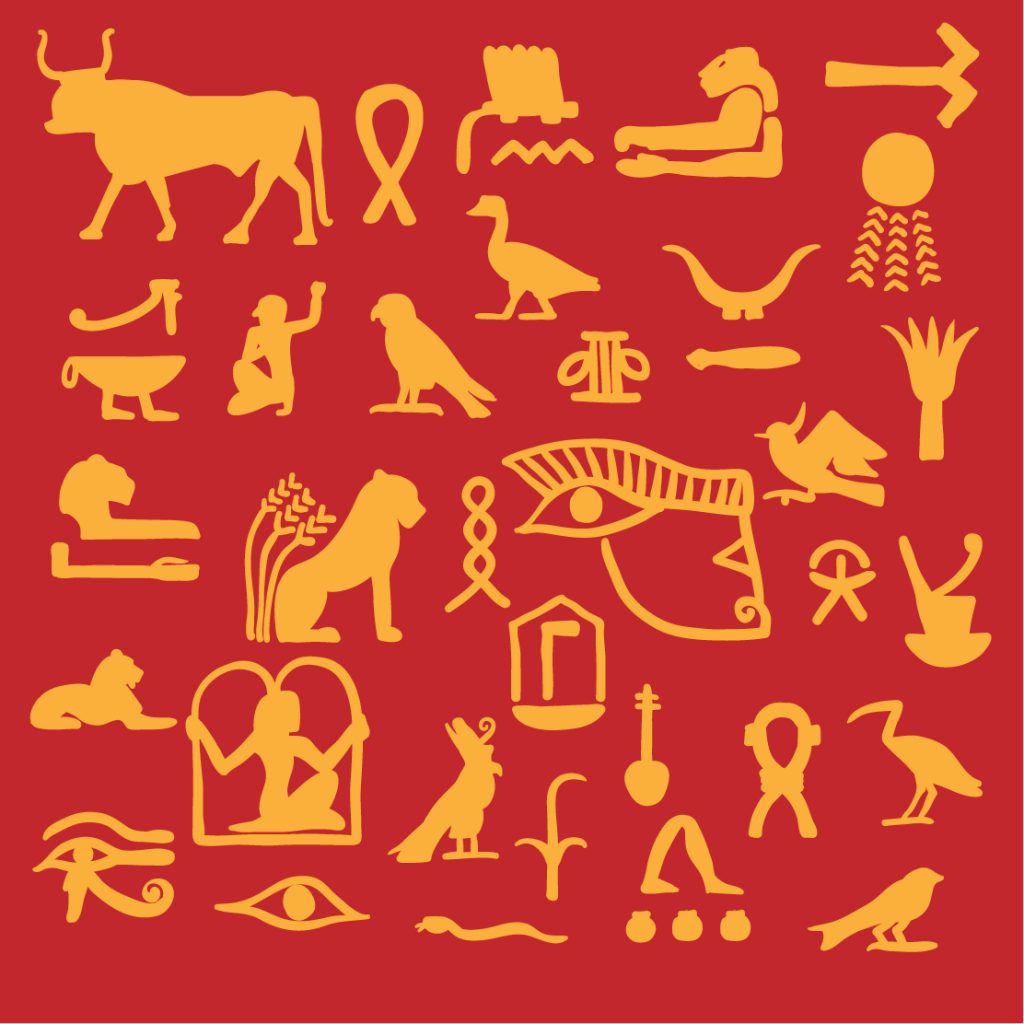
Egyptians used hieroglyphics. These were pictures and symbols carved on stone or written on early paper. Each symbol stood for a word or an idea. Hieroglyphics were practical for communication and also looked beautiful as art.
- Ancient Egyptian whispers: Hieroglyphs adorned temples and tombs for millennia, holding secrets within their beautiful pictures.
- Beyond decoration: These symbols weren’t just art; they formed a complex writing system with hundreds of characters.
- Symbolic language: Birds, suns, and everyday objects depicted sounds, words, and even ideas.
- A puzzle to read: One symbol could represent a sound, a whole word, or a clue for nearby symbols.
- Scribes: the keepers of knowledge Reading hieroglyphs required years of training for these skilled writers who preserved Egyptian history.
- A modern revelation: Though deciphered only a few centuries ago, hieroglyphs continue to unlock the mysteries of this ancient civilization.
Mesopotamian Cuneiform (5000 years ago)
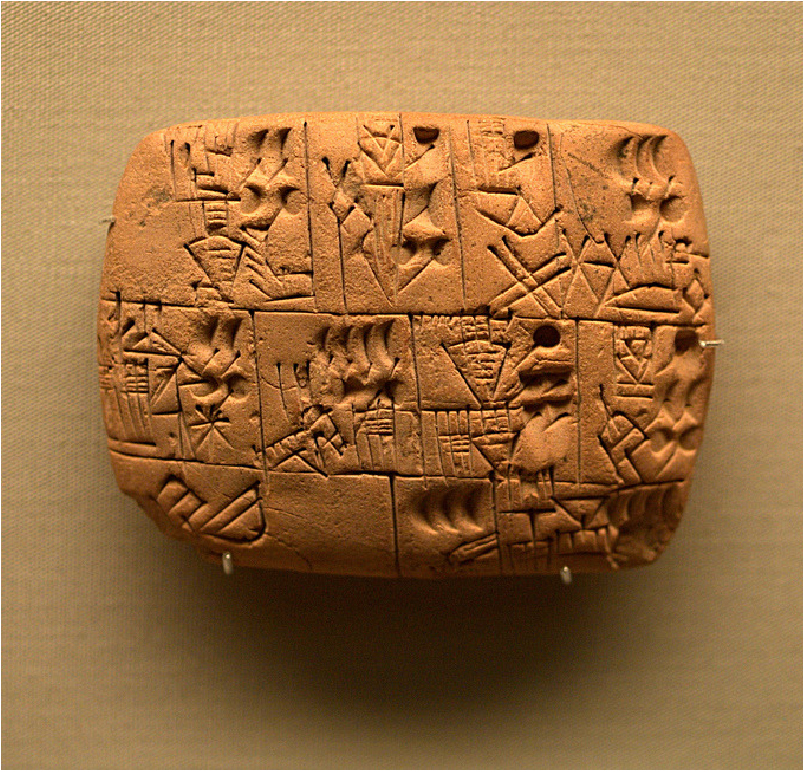
In Mesopotamia (now Iraq), people used cuneiform. It was used for keeping records and telling stories.
- Ancient messages: Cuneiform, meaning “wedge-shaped” like a pizza slice, was Mesopotamia’s way of writing way back in history, around 5000 BC!
- Start with pictures: At first, they used drawings of things like animals or food. Then, they pressed the pictures onto clay with a stick, making wedge shapes.
- Beyond pictures: It got more complex! One wedge could mean a sound or even a whole word.
- Special schools: People called scribes learned in schools to carefully press the clay to write down stories, songs, and even shopping lists!
- Clay messages: Baked clay tablets with these wedge marks saved the thoughts and achievements of this amazing ancient civilization.
Chinese Characters (3000 years ago)
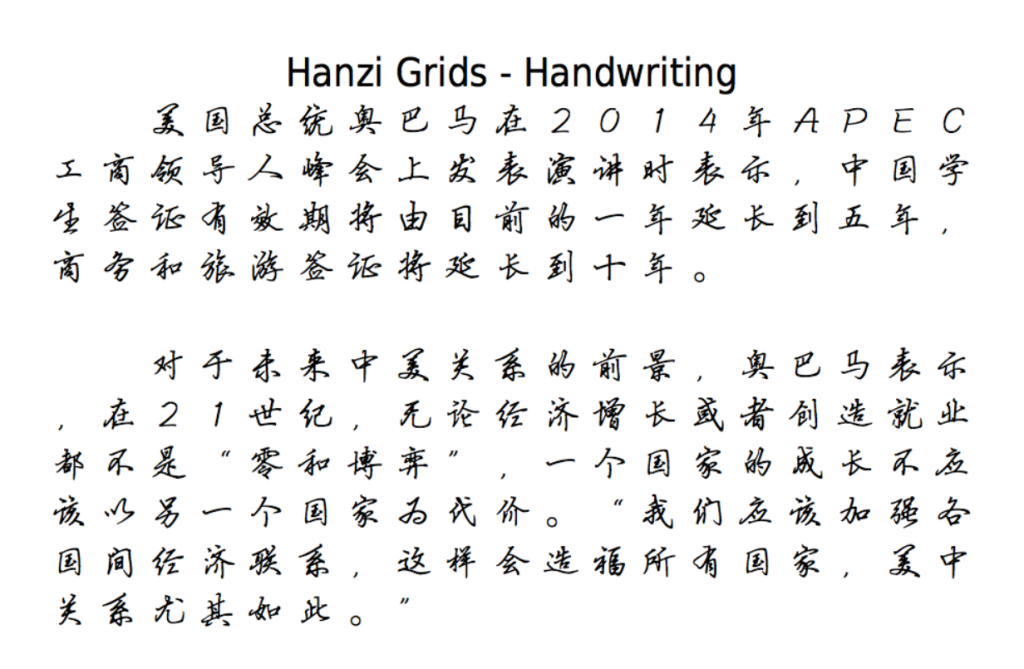
In China people started using Chinese characters. Each character represented a word or part of a word. They wrote with brushes and ink, turning writing into an art called calligraphy.
- Thousands of years old: Chinese characters, called Hanzi, are one of the world’s oldest writing systems, used for over 3,000 years!
- Meaning, not sounds: Unlike letters in English, characters don’t represent sounds, but ideas and words.
- Picture puzzles: Many characters started as pictures, like “sun” (日, rì) or “tree” (木, mù). Over time, they got more complex.
- Building blocks: Most characters are made of smaller parts that give clues about their meaning or sound.
- Lots to learn: There are thousands of characters, but you don’t need to know them all! Most people learn a few thousand to read a newspaper.
- Artful writing: Writing Chinese characters is beautiful and takes practice, kind of like learning a new kind of drawing.
2. Gutenberg and the Printing Press
In the 1400s Gutenberg invened printing press.
Johannes Gutenberg’s Moveable Type
Books were written by hands before Gutenberg, which was slow and expensive. Gutenberg made metal letters that could be moved and reused. This made printing books much faster and cheaper.
Impact on Printing and Communication
Books, pamphlets, and newspapers were produced in large numbers by printing press. This meant more people could afford to read. It also spread new ideas and knowledge, which helped culture and learning in Europe grow.
3. Renaissance and the Art of Typography: Making Words Beautiful
The typography became an art during 1300s to 1600s.
A New Typefaces
Printers in the Renaissance tried different styles of letters. Serif typefaces had small lines at the ends of letters, making them look fancy and easier to read. Later, Sans-serif typefaces had clean lines without these extra lines.
Typographic Innovations in Printing
Printers also found new ways to space letters and lines on pages. This made books easier to read and nicer to look at. It turned printing into a craft that mixed art with practicality.
4. 20th Century and Digital Typography: From Print to Screen
In the 1900s, computers and digital tools changed typography again.
- Farewell, metal: The 20th century saw a printing revolution. Gone were the days of clunky metal type for each character!
- Font Fun: Digital technology opened the door for designers to create new fonts with ease, leading to a wider variety of playful, bold, and sleek styles.
- Beyond looks: The move to screens wasn’t just about aesthetics. Unlike paper, screens required fonts to be clear on tiny dots, posing a new design challenge.
- Adapting to the glow: This push and pull between creativity and technical limitations on screens fueled innovation in typography.
- A vibrant digital age: By the end of the 20th century, fonts thrived not just on paper but also on the bright screens of our new digital world.


